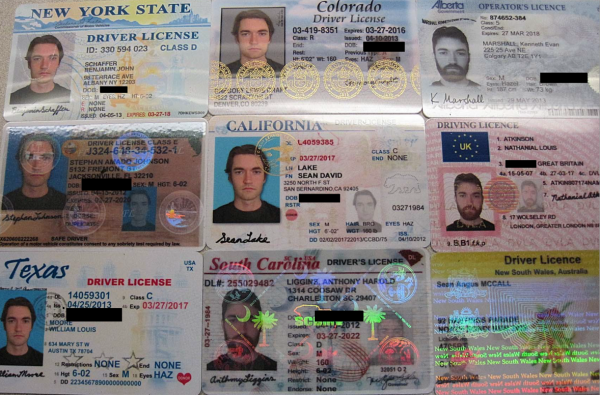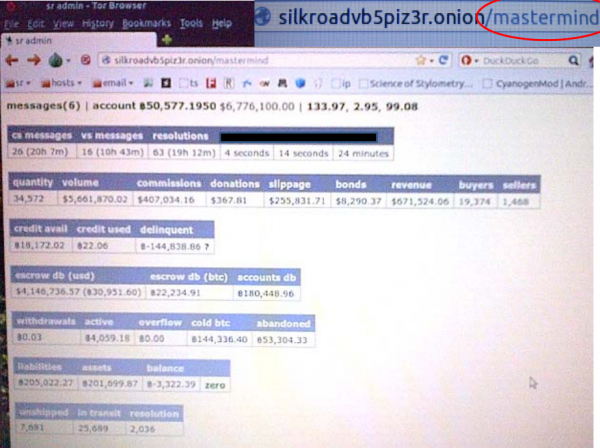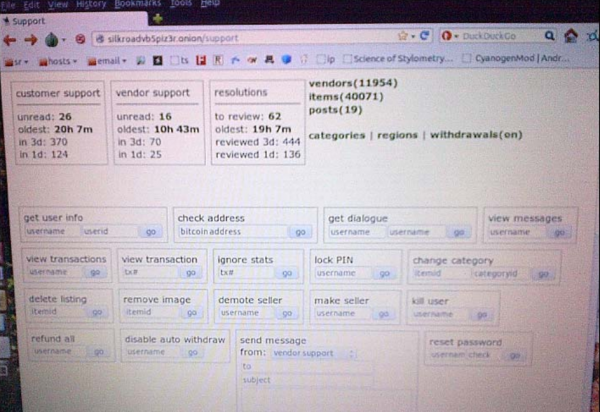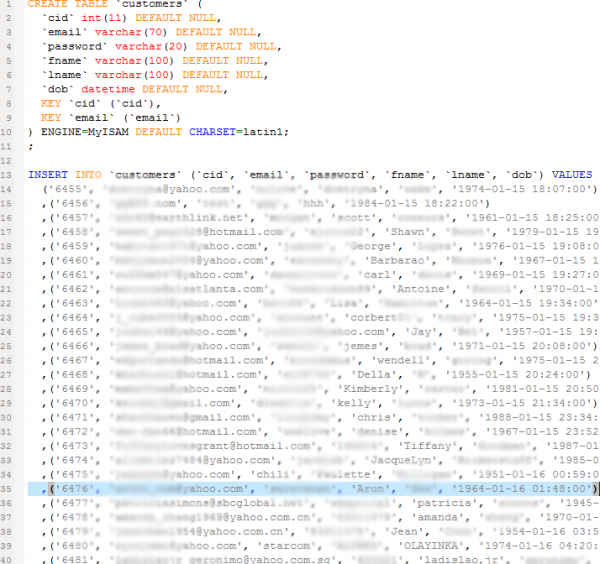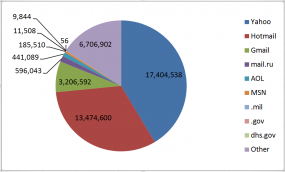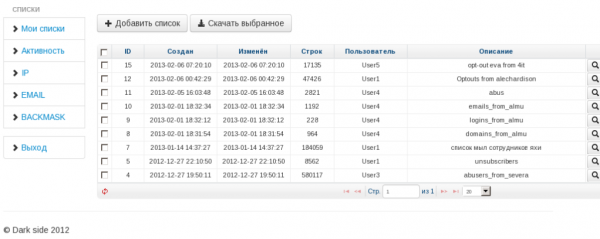Point-of-sale (POS) skimmers — fraud devices made to siphon bank card and PIN data at the cash register — have grown in sophistication over the years: A few months back, this blog spotlighted a professionally made point-of-sale skimmer that involved some serious hacking inside the device. Today’s post examines a comparatively simple but effective POS skimmer that is little more than a false panel which sits atop the PIN pad and above the area where customers swipe their cards.
In scams, as with most things in life, there is a certain elegance in simplicity. This is doubly true with ATM and credit card skimmer scams: The more components and electronics involved, the greater the chance that the fraud devices will malfunction, lose juice, or else be detected too quickly. In fact, some of the most elegant skimming attacks I’ve seen to date never even touched the cash machine, and relied on very basic components.
Recently, I encountered a fraudster selling a remarkably simple but brilliant POS skimming device that can be installed and removed in the blink of an eye. This video, which was produced by a fraudster who sells these devices for thousands of dollars on semi-private underground forums, shows a late-model Verifone point-of-sale device retrofitted with a skimmer overlay. The underside of the device (not pictured) includes a tiny battery and flash storage card that allows the fake PIN pad to capture the key presses, and record the data stored on the magnetic stripe of each swiped card.
Such a device would be an enticing buy for a crooked employee at a retail store. It might even be installed surreptitiously by thieves posing as customers at a retail establishment. Last month, this blog featured a story about several fraudsters in Florida who did just that, installing hardware-based register skimmers at Nordstrom department stores while co-conspirators distracted sales personnel.
For more on ATM and POS skimmers, check out my series: All About Skimmers.




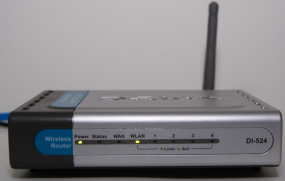
![fraudcheck[dot]cc resells bundles of anti-fraud services from legitimate providers like MaxMind.](https://krebsonsecurity.com/wp-content/uploads/2013/11/fchistory-copy-600x312.png)

